Nursing Professor Dr. Kim Little stared at the email hawking a “skills simulator”—a $100 kit college nursing programs could ship to students stuck at home, which they could use to video themselves practicing critical skills.
It was that hard spring of 2020, and, like her colleagues across higher education, Little was desperate to keep students on track. Many campuses were closed or teaching entirely online. But Little knew her students were preparing to perform procedures like naso-gastric tube insertions on real people, who would suffer if teaching corners were cut. The dynamic Longwood classroom experience at the heart of her program couldn’t be replicated by a cardboard box. “They need to put their hands on the actual equipment, to exercise that psycho-motor form of learning,” she recalls thinking. “It’s just one-way communication.” Little also knew something else: No less than the curriculum, the mental well-being of her close-knit department of faculty and students also depended on finding a way to continue learning together, in person.
We never stopped doing what we know works best. We never had to change the basic way we teach nursing.
Dr. Kim Little, chair and professor of nursing Tweet This
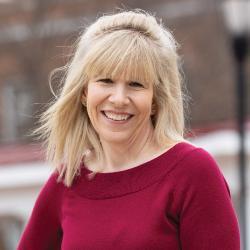
So Little and her colleagues set to work, reorganizing classroom spaces to ensure in-person learning returned for the fall 2020 semester. It wasn’t necessarily the norm across higher education. And it definitely wasn’t easy. Success required a new approach to classroom logistics, quickly deploying new technologies—and, in nursing’s case, a herculean effort to ensure clinical rotations moved forward in person as well.
But Little was at the right place. The rest of Longwood was also moving forward with mostly in-person instruction. Across the university, with encouragement from the top, faculty and staff implemented thorough precautions—for the purpose of enabling the in-person experience to continue as much as possible.
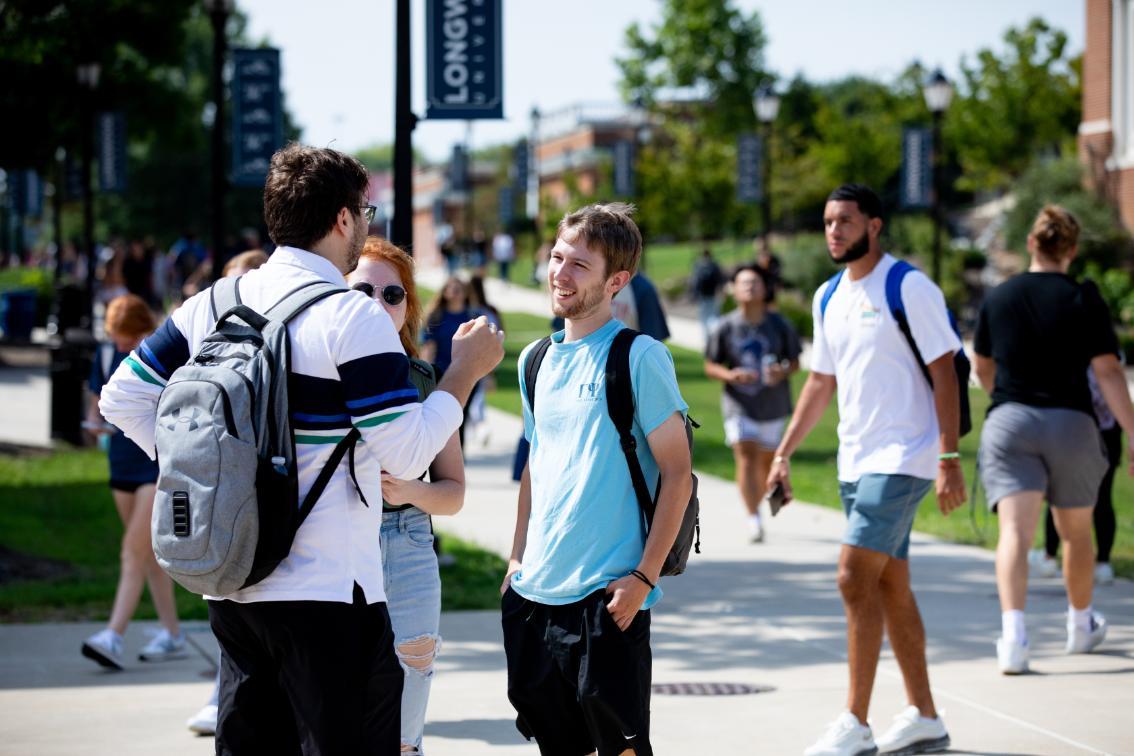
“We never stopped doing what we know works best,” said Little, winner of the 2025 State Council for Higher Education in Virginia’s Outstanding Faculty Award. “We never had to change the basic way we teach nursing.” Since then, Longwood nursing’s licensing exam results have been among the very highest in the state, even the nation. Says Little: “I really do feel we can attribute that to remaining in person during those first years of Covid.”
I have co-workers in my unit who were at the end of their programs and had to do simulations on a computer. It was a huge learning curve ... when they transitioned ... to being a real nurse.
Seth Seward ’23 Tweet This
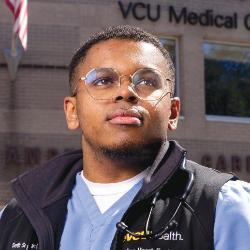
Seth Seward ’23 was among those students and also the battalion of Longwood nursing students who administered thousands of vaccines in the community. Now a cardiothoracic surgical nurse at VCU, he sees clearly today how much his professors’ efforts mattered.
“I have co-workers in my unit who were at the end of their programs and had to do simulations on a computer,” said Seward. “It was a huge learning curve, almost an impossible one, when they transitioned from being a student to being a real nurse.” By contrast, “I knew what I was doing because I’d done all this on real people.”
Seward also remembers it was during this time that the human-scale culture of Longwood truly revealed itself. “[Faculty] would say, ‘Before we go over this last test, how are you doing? These are scary times—are you doing OK? Are you getting your food? That was every single professor,” said Seward, whose fiancée, Rebecca Chung ’24, is also a Longwood nursing graduate. “Every single one saw the person in the student and not just the student. That’s what made Longwood’s program very special.”
By no means have Longwood graduates forgotten the challenges. But five years removed from the pandemic, alumni in a range of fields report similar feelings of appreciation for the efforts that helped get them through.
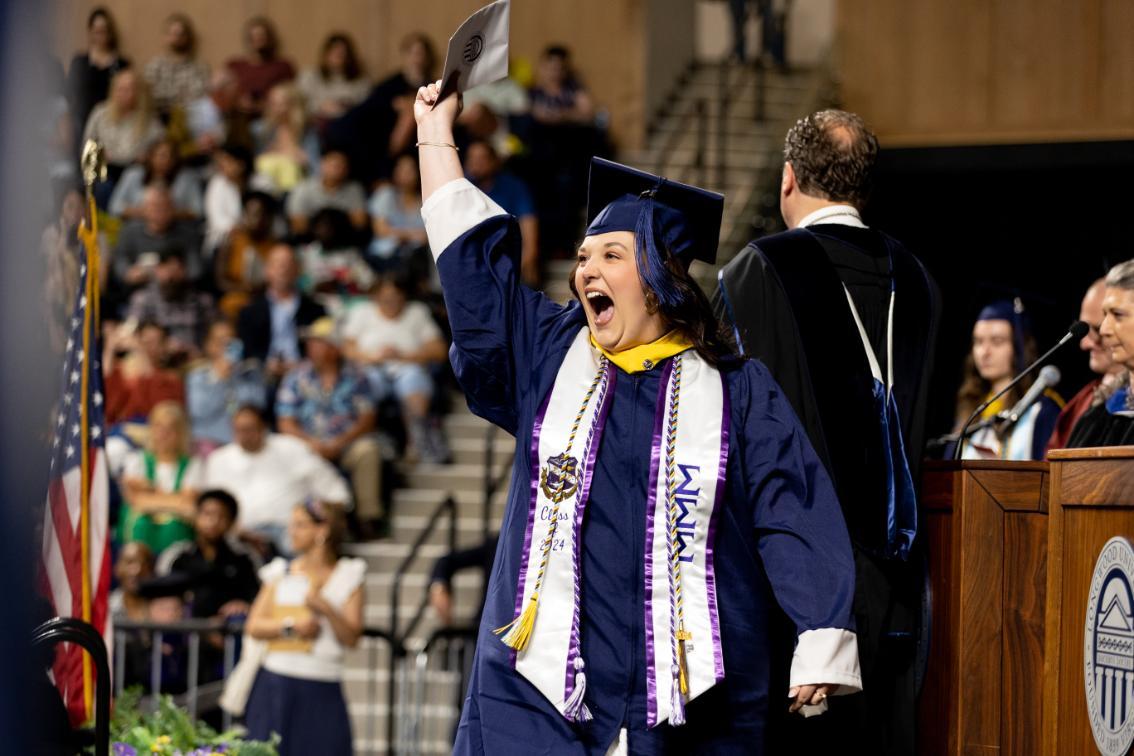
They credit the things that make Longwood Longwood—its human scale, its flexibility and common-sense problem solving, and above all its dedicated faculty and staff.
And at a time when much of higher education continues to reel from the pandemic and its aftermath, those traits have continued to prove their worth. They are the reason why Longwood, now at a challenging juncture for the world, is stronger than ever.
A Leader Emerges
When Covid struck in March 2020, Longwood, like almost every campus, was forced to suspend in-person classes for the spring semester.
From the start, however, Longwood approached the pandemic differently. For one thing, there was a strong, early commitment to restart on campus that fall. In fact, Longwood played a key behind-the-scenes role in Richmond developing the statewide preparedness system that allowed all Virginia’s public universities to reopen.
Longwood was not an institution asking for help,” she said. “They were solving their own problems.
Fran Bradford, former deputy secretary of education, Commonwealth of Virginia Tweet This
Longwood President W. Taylor Reveley IV “really led the charge on that,” recalled Fran Bradford, then Virginia’s deputy secretary of education. “He was focused on the entire state and realized somebody really needed to lean into understanding what all the institutions, but also what the state and the public, needed to reopen.” In a time of crisis, Longwood stood out for working through the challenge without being paralyzed by uncertainty. “Longwood was not an institution asking for help,” she said. “They were solving their own problems.”
Even after most Virginia institutions reopened, the student experience wasn’t the same everywhere. At Longwood, Dr. David Shoenthal, associate provost and vice president for academic affairs, and Lori Blackwood, associate vice president for facilities, led an extraordinary effort that completely reorganized classroom spacing over the summer of 2020. The result: A greater proportion of Longwood classes met in person that semester than at the vast majority of institutions. Almost 70 percent of Longwood students had no more than one fully online class, and 90 percent had no more than two.
In some fields, the puzzle was especially challenging.
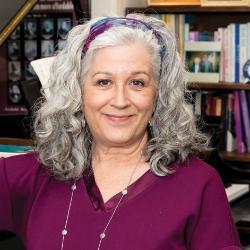
“It was completely unprecedented. We were making things up as we went along,” said Dr. Lisa Kinzer, professor of music. She was on speed dial with Shoenthal, working to keep music classes and rehearsals together, eventually relocating many gatherings to an improvised space in what used to be the Longwood bookstore across Main Street. “There was no one in our department who didn’t want to do that,” she said. “We just knew the value of teaching music face to face.”
The music major was really doing almost everything in person. ... People [elsewhere] feel like they were robbed of something, but I felt super grateful.
Tyler Cosley ’23 Tweet This
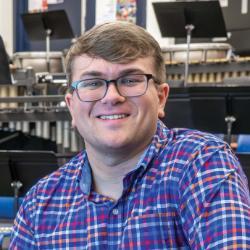
Tyler Cosley ’23 appreciated that sentiment at the time—and appreciates it even more now as a music teacher and band director for Cumberland County public schools.
“I was really thankful for the opportunity to keep playing music,” he said. “Otherwise, I would not have been in the same place musically by senior year. Quite honestly, I felt bad for a lot of my peers at a lot of other schools that were online and weren’t doing anything. The music major was really doing almost everything in person. I really felt like I had a college experience. People [elsewhere] feel like they were robbed of something, but I felt super grateful.”
Kinzer understood firsthand how different things were elsewhere. Her daughter, a student at the University of Virginia, was home that semester, trying to complete her coursework online.
“It was awful,” Kinzer said. “I was so proud of us for keeping going for students because I could see what was happening with my own child.”
The pride in those efforts among music faculty—and the university community more broadly—persists even today.
I think we did better than manage. I think we thrived.
Dr. Lisa Kinzer, professor of music Tweet This
“Anybody in our department would tell you it was a real time of working together,” Kinzer said. “It came from the encouragement of our leadership. I think President Reveley recognized the challenge of what we were trying to do and the value of it.” Shoenthal’s efforts were also critical, along with those of colleagues including Dr. Roland Karnatz, associate professor of music, who brought technical expertise to bear. Some of the experiments back then endure, such as classroom livestreaming capabilities.
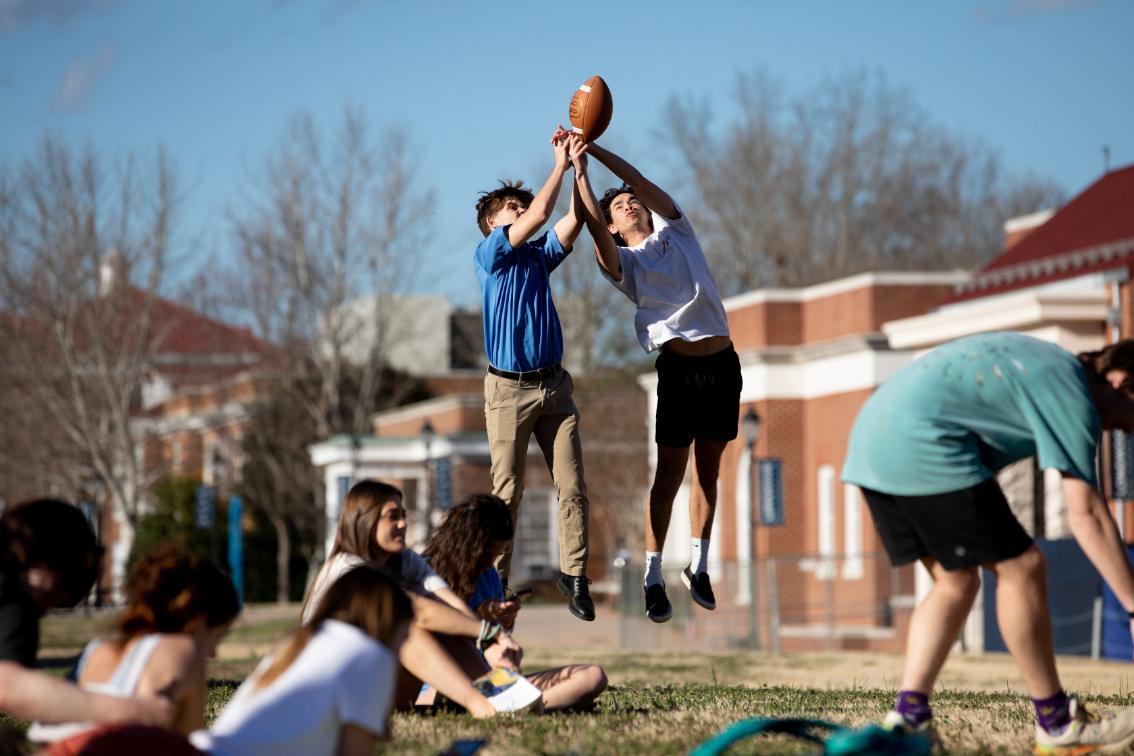
“So much of the DNA of Longwood is that the on-campus community is so important,” Kinzer said. “Just because it’s possible to do something online doesn’t mean it’s desirable. I think we did better than manage. I think we thrived.” “I’m biased because I’m Longwood’s No. 1 fan—it’s my favorite place in the world,” said Cosley. “But I will say the draw to Longwood for a lot of people is that it’s a smaller community. Everything’s a 10-minute walk; your professors know who you are. That is what allowed us to get creative. A larger music department might have just shut down and not even tried.”
“It doesn’t surprise me that we all jumped on board,” said Dr. Pam Tracy, director of the Center for Faculty Enrichment, which supports teaching on campus. “We kept that connection together. Faculty scrambled. Because we’re a smaller place, we were able to connect with students in that way during those times. My guess is that at a UVA or Virginia Tech or Ohio State it was a profoundly different experience.”
Preserving Campus Life and Traditions
Beyond classrooms, Longwood faced the huge challenge of preserving its famously vibrant campus life and traditions. All were disrupted, to great frustration at times. But again, Longwood’s special attributes were what ultimately served to preserve them.
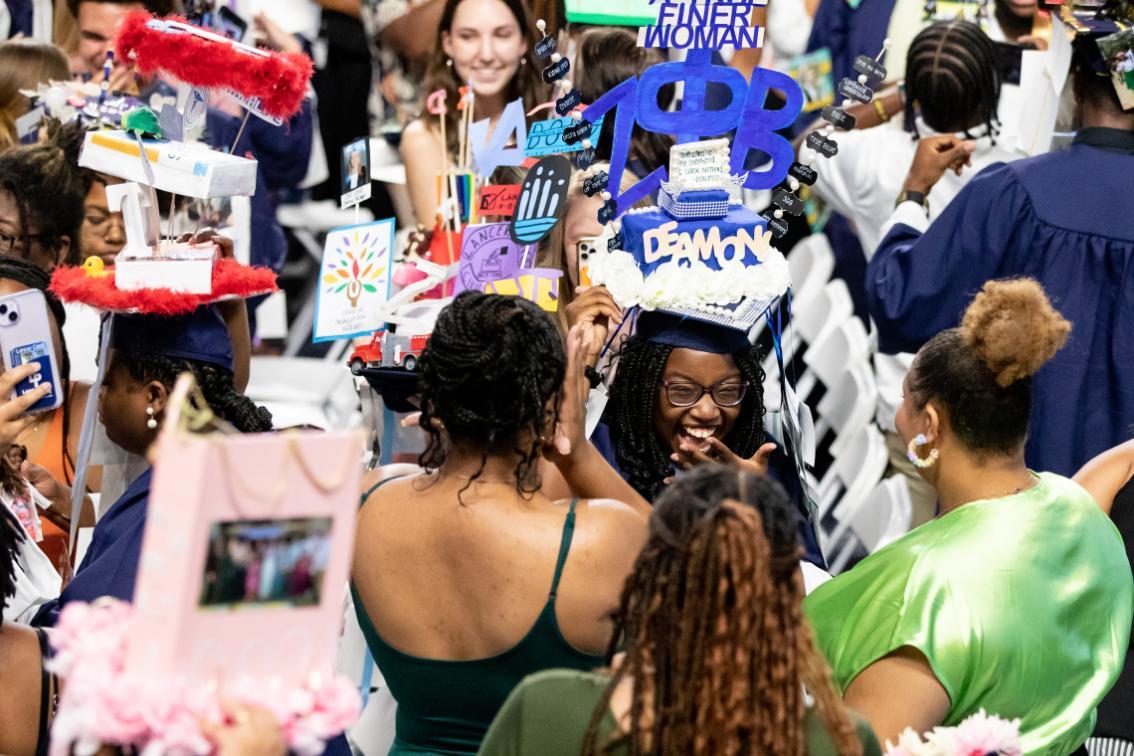
One asset was the Honor Code—something that still exists, at least in the form that endures at Longwood, at only a few dozen institutions nationally. Gener- ations of Longwood alumni will tell you the code is more than just a tool to prevent cheating. It’s an ethos that allows a community to presume from others honesty and goodwill, which proved exceptionally useful in 2020.
“The heart of the culture that our Honor Code creates is about trust. It’s about looking out for one another; it’s about being mindful of the responsibility that we have as citizens in this environment,” said Cameron Patterson ’10, M.S. ’17, Longwood’s vice president for student affairs. Patterson recalled the hesitation in the community when Longwood announced students would return. So did the Farmville Herald, predicting in an editorial that December that “the odds appeared long for any institution of higher learning looking for a return to normalcy.” Yet the newspaper concluded after that first semester: “As it turned out, we could learn a few things from the students.”
[Students] were really determined to keep Longwood feeling as normal as possible.
Cheryl Steele, associate vice president for student engagement and initiatives Tweet This
Students indeed took it upon themselves to keep Longwood’s traditions alive. “They could have just folded up and said we’re not going to do it, let’s put this on the shelf for a year, and they didn’t,” said Cheryl Steele, associate vice president for student engagement and initiatives. “They were really determined to keep Longwood feeling as normal as possible. And we were determined to do as much as possible to help.”
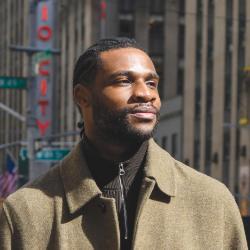
“My hat’s off to people like Cheryl Steele, Jonathan Page, Quincy Goodine, Larry Robertson—so many people who played a pivotal role in helping students,” said Emmanuel Diala ’21, now living in New York City, where he works as an account manager at Tubi. “As somebody who was heavily involved in leadership, I would look to them for guidance—‘What can I do as a student leader, as a civic leader, to keep morale up?’”
Another asset was Longwood’s strong tradition of student government. SGA Presidents Brandon Bowen ’21 and Anne Patterson ’22 accepted that their role as crisis leaders would be different from that of their predecessors. Sometimes they were meeting with President Reveley weekly.
“To be that bridge between the administration and campus, I felt a lot of responsibility,” Patterson said. “There were definitely challenging moments,” but also transparency overall and a culture of respect that “speak to the size of our school and the close-knit relationships people had,” she said. “Through it all there was still this sense of community. I don’t think every school was like that.”
Pomp Despite Circumstances
At no point were Longwood’s traditions—and creativity—tested more than around the graduation seasons of 2020 and 2021. When the May 2020 Commencement ceremony had to be cancelled, Reveley promised the class that somehow it would get an opportunity to graduate in person. On Oct. 9, 2020, with 50-person outdoor gathering limits in place, Reveley and Board of Visitors leader Pia Trigiani gathered in regalia at Longwood House to conduct a series of commencement ceremonies. To accommodate everyone while honoring the gathering size requirements, they repeated the ceremony 17 times, from morning through dusk.
It was still a very uncertain time ... I’m so thankful we were able to have that ceremony... .
Reilly Fox ’20 Tweet This
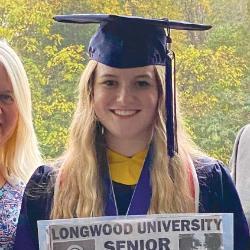
“I’ve worked and talked with a lot of people who graduated that same year from a lot of universities, and they didn’t get any graduation ceremony,” said Reilly Fox '20, now an outpatient recreational therapist working with veterans in Richmond. She recalls the pouring rain, but above all the effort that allowed her to graduate with her closest friend and a small group of family. “It was still a very uncertain time, and just having that be a light was really important,” she said. “I’m so thankful we were able to have that ceremony and put that final stamp on Longwood.”
The following spring, in 2021, despite tight state restrictions placed on graduation ceremonies, Commencement returned to Wheeler Mall. The famed “Joanie on the Stony” statue made a surprise appearance on stage. Longwood was one of just four Virginia public institutions where the senior class graduated together.
Still to this day, it’s one of my proudest moments: planning senior week and making it something to look forward to.
Emmanuel Diala ’21 Tweet This
“Still to this day, it’s one of my proudest moments: planning senior week and making it something to look forward to,” Diala said. Earlier, he’d told Senior Director of Alumni Engagement Nicole Perkins ’05 that his dream was for the seniors to enjoy fireworks. “She tried everything, but the fire marshals weren’t giving her the green light,” recalled Diala. But one night shortly before graduation, Perkins asked Diala to summon the class outside. He was expecting a speech. “I got everyone out, and we look up—and she got us fireworks,” Diala remembers. “It was like a movie. We had folks who were saying they didn’t have much hope; they were just going to go home for Senior Week. It felt like a fairy-tale ending.”
There was no single moment when Longwood’s Covid chapter officially ended. Graduation was one milestone. So was cheering on the men’s and women’s basketball teams to the 2022 NCAA Tournaments. But as campus life returned to normal, there was satisfaction that traditions and learning endured and would be passed down.
At one point during the worst of the crisis, Longwood’s leaders had paused to consider their goals. Someone asked how, years down the road, the university might measure whether it had succeeded.
When I think back about college, I don’t think about Covid. I think about how much I learned and grew at Longwood.
Anne Patterson ’22 Tweet This
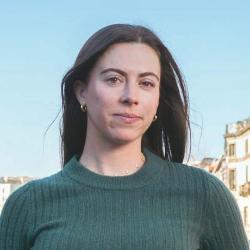
In her interview five years later, Anne Patterson, the former SGA president, unknowingly gave the answer the university decided it someday most hoped to hear.
“When I think back about college, I don’t think about Covid,” she said. “I think about my experience and how much I learned and grew at Longwood. Covid was a part of that journey, but it doesn’t come top of mind. And educationally, I don’t think I learned any less either.”
Like so many, Longwood faculty and staff have hard memories from that time, particularly balancing personal and family challenges with their vocational commitment to students. Nobody would suggest Longwood did everything perfectly or that students went through unscathed. And Longwood faculty and staff are still very much seeing the effects on current students, who were middle- and high-school students at the time.
Still, dividends from the experience continue. Classroom technology. Emergency practices that are now standard practice. A renewed appreciation for the value of in-person learning.
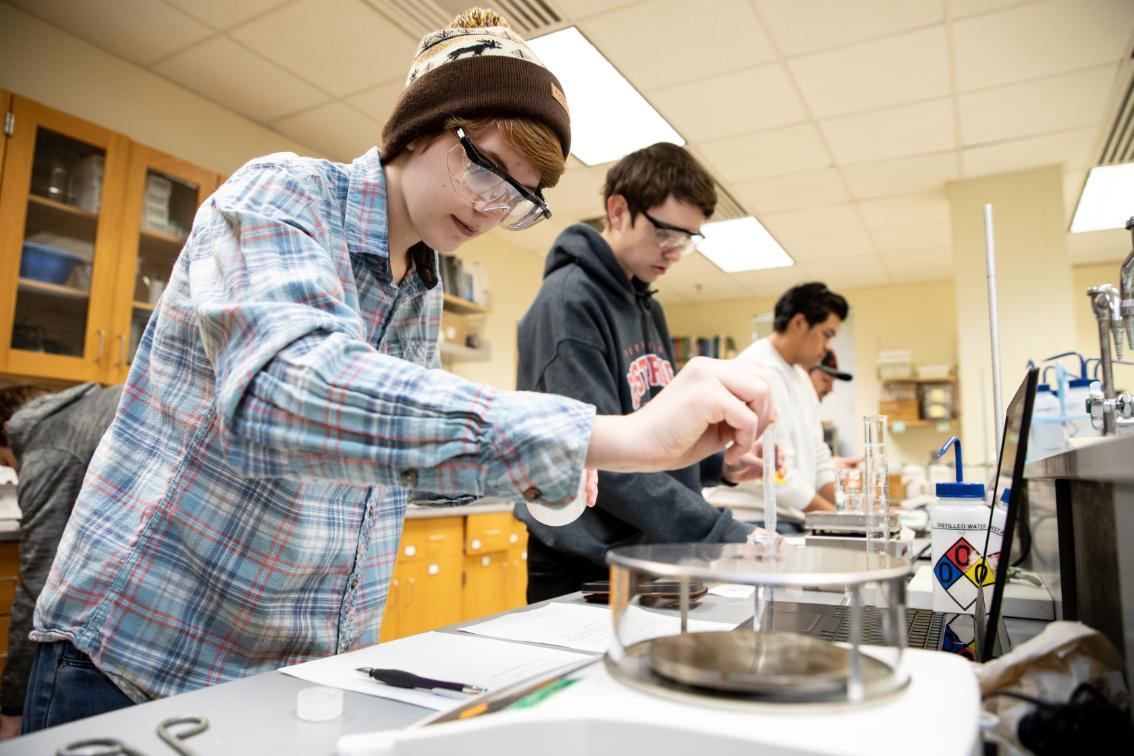
There is also a cadre of faculty and staff who were tested, rose to the occasion, and built confidence and flexibility that endure.
While Longwood made use of a “Covid team” that helped coordinate efforts, unlike many institutions Longwood primarily worked through existing structures, looking to everyone to do their jobs as best they could. There were, however, plenty of Longwood leaders who were especially tested but shone brightly. The University Health Center tirelessly served students. There were also remarkable stalwarts in Student Affairs: Jennifer Fraley, an indefatigable source of help and comfort for anxious students who was later promoted to dean of students, and Matt McGregor, now vice president for administration and finance.
“It was a moment that forced you to work together,” Cameron Patterson said. “Longwood is a collegial place; we work well across divisions. But Covid really reinforced that mindset.” He rattled off a long list of colleagues who rose to the occasion, including McGregor, who as much as anyone served as Longwood’s Covid point person. “All of us in Student Affairs knew who Matt was and what he brought to the table,” Patterson said. “But I think that was a moment when the campus as a whole got to see his leadership.”
Longwood’s people have proved to be the university’s greatest strength in the years since the pandemic, when higher education has continued to be tested. They are the reason a place that handled Covid with confidence and success is also navigating the latest crosswinds.
A few before-and-after snapshots offer indicators of a strengthening institution.
Since 2019, Longwood’s total enrollment has grown from 4,468 to 4,612. The endowment has increased from $71.3 million to $102.2 million, even while providing millions annually to support financial aid. Love Your Longwood Day raised $325,000 that year; this spring it topped $900,000. And of course, there were those combined three magical NCAA Men’s and Women’s Basketball Tournament appearances.
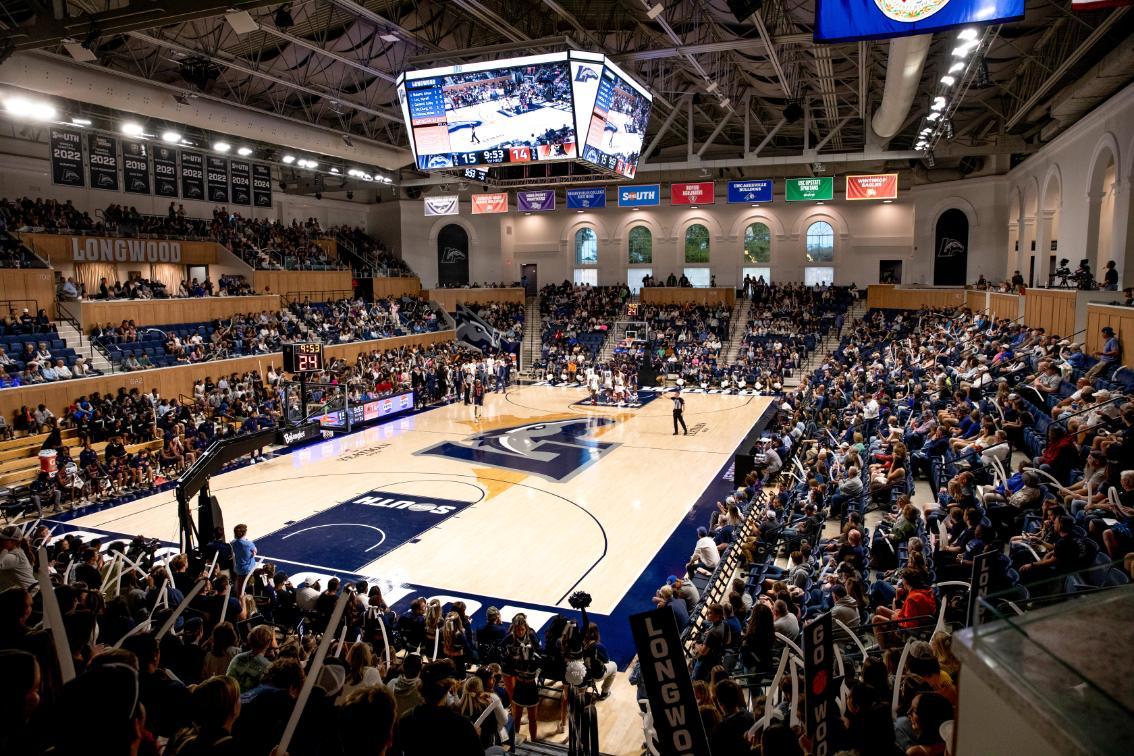
Beyond the numbers is the sense of both continuity and progress, something that struck Diala last November, when he was back on campus for the first time since graduation. “It just felt like home,” he said. “Sometimes home changes: It’s evolving. It’s being innovative. But you know what walking on Brock Commons feels like. It’s not like any other place.”
There isn’t a college in America that doesn’t carry some regret over the pandemic’s disruptions. But Diala said Longwood’s determination to preserve its spirit shaped his view of his alma mater forever—a place big enough to do big things in a challenge, but small enough not to lose itself in the process.
“It really showed me that Longwood was a place that really wanted to go the extra mile,” he said. “Just hearing other friends who went to big college campuses—they didn’t have the experience we had. You would think it was the opposite, that a place with 50,000 students would have the resources to do more. But I always wear with pride my time at Longwood and Farmville, a small town with a big heart. I feel like we were blessed, in going through it all, that we experienced it as a family.”


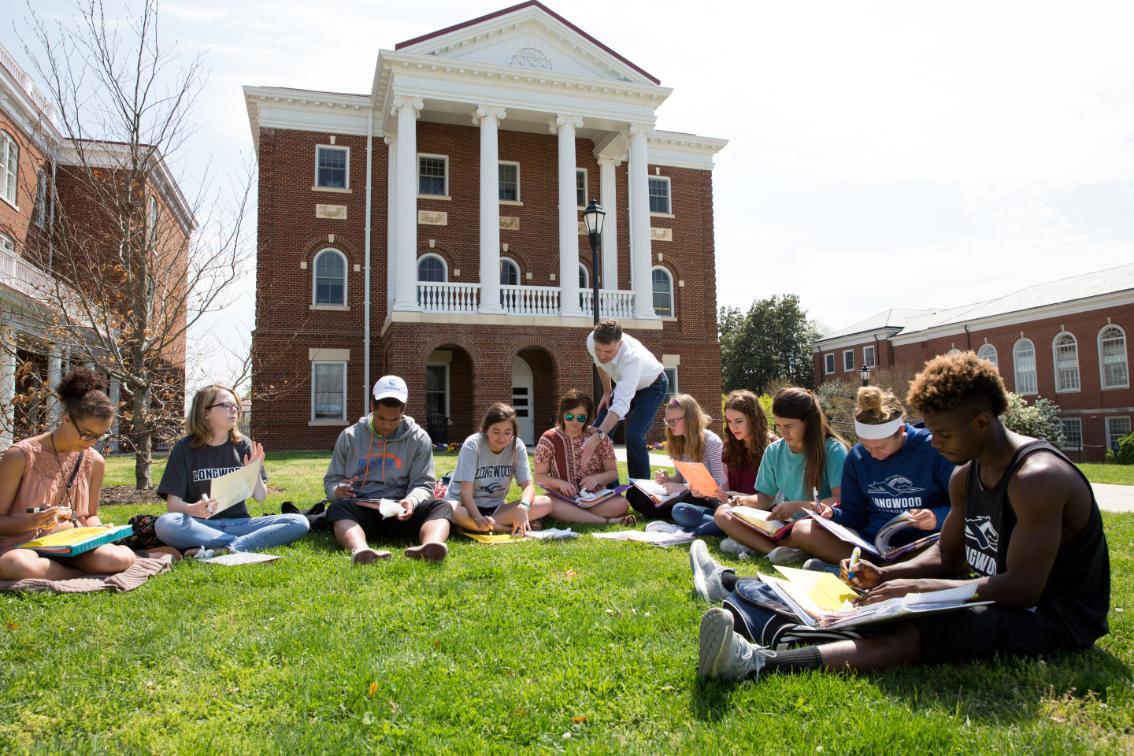
Leave a Comment